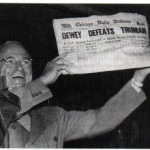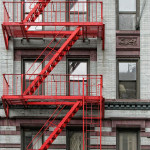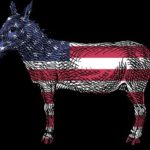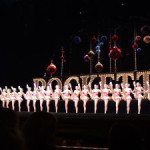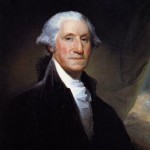The Messiest Presidential Election Campaigns To Date
While the 2016 campaign for President of the United States likely goes down in history as one of the messiest and nastiest campaigns in American History, the jabs between Hillary Clinton and Donald Trump are not the worst that occurred between candidates. The controversies and allegations surrounding the Clinton and Trump campaigns fail to win out as the number one messiest American political campaigns.

Learn more about messy presidential campaigns. Check out the top campaigns that proved the messiest among political campaigns for President of the United States.
Election Campaigns Of 1800
One of the messiest campaigns for President of the United States occurred during the campaign of 1800. Early campaigns actually produced some of the worst mudslingings in campaign history. Such was the case during the campaign between Republican Thomas Jefferson and Federalist John Adams.
As Gregory Krieg explains for CNN, in early campaigns, the candidates actually did little campaigning for themselves. There was no social media, television or radio for the masses to hear what the candidates had to say. Much of the information about candidates came from publications.
During the campaign between Thomas Jefferson and John Adams, Scottish immigrant James T. Callender published the mudslinging pamphlet, “The Prospect Before Us.” In his pamphlet, Callender referred to Adams as “Hideous hermaphroditical character, which has neither the force and firmness of a man nor the gentleness and sensibility of a woman.”
For his efforts, officials jailed Callender, who would later be freed by Jefferson, after Jefferson took office as president of the United States. At that time, laws prevented anyone from publishing materials deemed “malicious” about candidates or the government.
However, newspapers published statements just as nasty about Jefferson. Candidates did not have to campaign for themselves or sling mud at each other; citizens and journalists did it for the candidates.
The Andrew Jackson And John Quincy Adams Campaigns
In 1824, Andrew Jackson lost the election for U.S. president to John Quincy Adams. The two met again during the bid for the 1828 U.S. Presidential Election.
Once again, the media performed duties of making the campaign even messier than the ill will that already existed between these two candidates. The Portland Press Herald describes this campaign as “One of the ugliest in the country’s history.”
Adams supporters discovered that Jackson’s wife Rachel was not yet divorced from her first husband when she and Andrew Jackson married. This became a point that haunted Jackson and his wife throughout the campaign and afterward. Some opponents referred to Jackson as unstable and a traitor.
Supporters of Andrew Jackson fought back, referring to John Quincy Adams as a “corrupt bargainer,” and accused him of misusing U.S. tax dollars.
The election allegedly took such a toll on Rachel Adams, that after stating she would “Rather be a door-keeper in the house of God than to live in that palace in Washington.”
She died before her husband took office.
The Daisy And Nuclear Weapons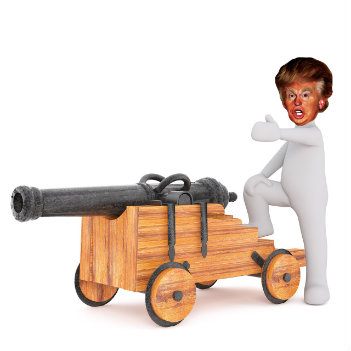
Trump comments about the possibility of using nuclear weapons likely bring back memories of the 1964 campaign between President Lyndon B. Johnson and Barry Goldwater. A television advertisement that ran just once had such an impact, it was forever sealed as a contributing moment in the history of messiest U.S. Presidential campaigns. The advertisement also likely demonstrated the effects of television advertising during political campaigns.
During the NBC television airing of Monday Night at the Movies, the advertisement appeared, “Peace Little Girl (Daisy).” While the camera zooms in on the face of a little girl picking a daisy, the countdown begins. Suddenly, the advertisement switches to a picture of a nuclear bombing.
Johnson wanted to demonstrate the impact of a potential Goldwater presidency. Goldwater allegedly supported using some nuclear weapons in the Vietnam War.


